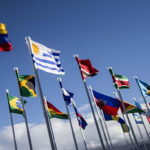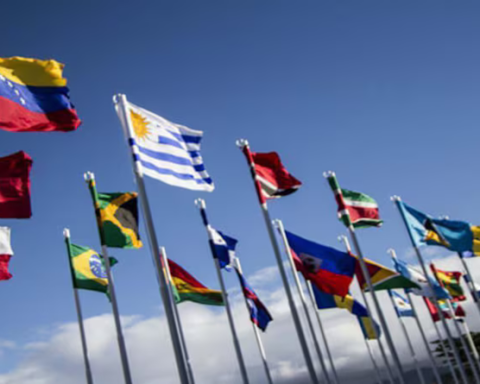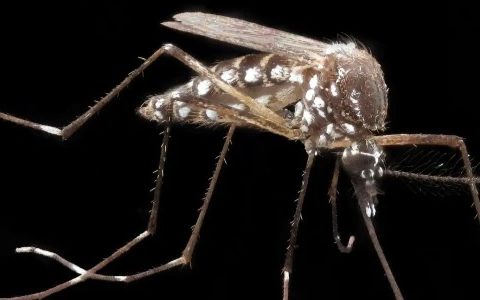One in five reptiles in the world is threatened with extinction, revealed on Wednesday a study published in the journal Nature, which is based on the observation of 10,000 species of turtles, crocodiles, lizards or snakes.
The published study is a global assessment of the extinction risk of reptiles. Made for “more than 15 years” and signed by more than fifty authors, as explained by three of them at a press conference.
“Threatened” species are classified in three categories: “vulnerable”, “endangered” or “critically endangered”, according to the levels of the red list of the International Union for the Conservation of Nature (IUCN), one of the major NGOs in this field.
However, this report points out that reptiles are proportionally less threatened than mammals or amphibians, although more so than birds.
This study also shows that efforts to protect other species also benefit reptiles, which “deserve equal attention,” according to Bruce Young, chief zoologist for the NGO NatureServe and co-author of the Nature article.
Some regions are more exposed than others, such as South East Asia, West Africa, North Madagascar, North Andes, Caribbean. Reptiles that live in forests are also more threatened, 30%, compared to only 14% of those that live in arid zones.
“Habitat loss (…) remains the main threat,” says Neil Cox of the IUCN.
Of all the species studied, turtles and crocodiles are the most affected, victims of overexploitation and hunting.
Another example would be the iconic king cobra, which ranged across India and Southeast Asia. “We thought it was in decline, but now it’s classified as vulnerable,” says Cox, as logging and conversion of agricultural land affect its habitat.
– “Urgent and precise” measures –
As far as climate change is concerned, it could directly affect “10 or 11% of reptiles”, believes Bruce Young, although the study is likely to underestimate this figure, since the impacts will be seen in the long term, but the criteria of the IUCN are regarding immediate changes.
Reptiles “are fascinating creatures, serving an indispensable role in the planet’s ecosystems,” said one of the paper’s authors, Sean O’Brien, president of NatureServe.
Therefore, “urgent and precise” measures are needed to protect the most threatened species, say the authors of the study, “especially endemic lizards, threatened by the introduction of predators, and those most directly affected by human action.”











